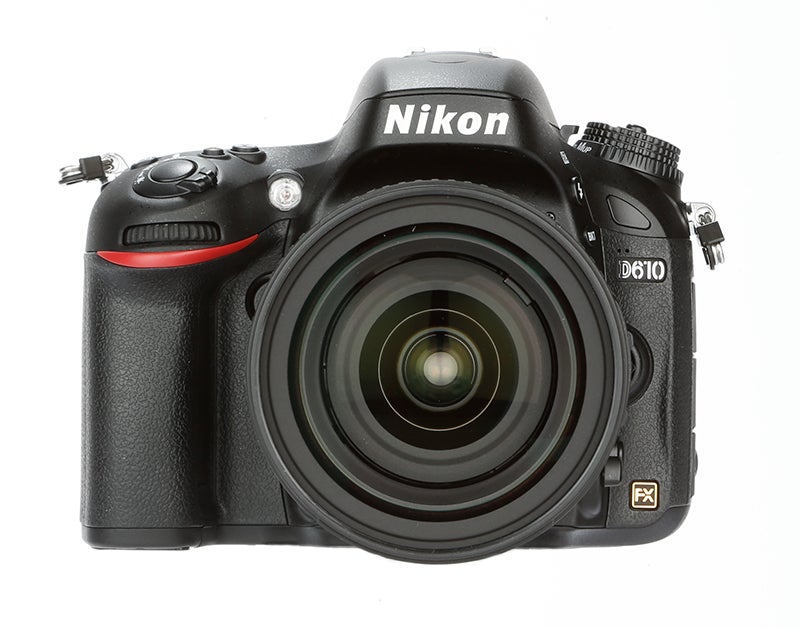Nikon D800E vs Sony A7R – Nearest Rivals
Nikon D800E vs Sony A7R – Nearest Rivals

Nikon D800E v Nikon D610
Resolution: Currently the smallest and lightest full frame model in Nikon’s DSLR lineup, the D610‘s sensor shares the same physical dimensions as the D800E‘s chip but has less resolving power with a lower 24.3MP resolution.
Winner: Nikon D800E
ISO range: Both the D800E and D610 feature a standard ISO range of 100-6400, with the possibility to also shoot at ISO 50 or up to ISO 25,600 in the expanded settings, indicated as L1.0 and H2.0 on the body of the camera.
Winner: Draw
Continuous Shooting: The D610 shoots 2fps faster than the D800E. Whereas the D800E can only shoot as fast as 4fps in its Continuous High Speed (CH) mode, the D610 (6fps) makes a better choice for capturing high-speed sequences.
Winner: Nikon D610
Autofocus: The Nikon D610 features a 39-point AF system with 9-cross type points. This isn’t as advanced as the D800E‘s AF system which boasts 51 AF points, 15 of which are the more sensitive cross-type sensors.
Winner: Nikon D800E

Sony A7R v Sony A7
Resolution: The Sony A7 features a full frame sensor like its stable mate, the only difference being it sports a 24MP resolution that doesn’t have the capability to resolve as much detail as the 36.4MP resolution offered by the Alpha A7R
Winner: Sony Alpha A7R
ISO range: Both the A7 and A7R are capable of shooting from as low as ISO 50 right through to ISO 25,600. The easiest and quickest way to change ISO from the body is to use the Function button (Fn) beside the thumb rest at the rear.
Winner: Draw
Continuous Shooting: The A7 has a speed advantage over the A7R in that it can shoot consecutive shots at up to 5fps, while the larger files the A7R turns out means it can only accomplish 4 fps in its speed priority continuous mode.
Winner: Sony Alpha 7
Autofocus: The A7 features the more sophisticated AF system of the pair with 117 phase-detect points combined with 25 contrast-detect points delivering a spritely AF performance that can’t be matched by the A7R‘s contrast-detect only AF system
Winner: Sony Alpha 7
Summary
A quick glance above reveals the D800E and A7R are very well equipped, however there are cheaper and more viable alternatives available. There’s an £850 saving to be made if the D610 was to be chosen over the D800E and though its sensor resolves less detail and has a slightly less advanced AF system, it’s a more than capable full-frame DSLR that’s considerably lighter in the hand.
The same goes for the A7R, with the Alpha A7 challenging it’s stable mate with a more advanced AF system and faster burst speed for £460 less. Ultimately what you’re paying for on the D800E and A7R is the highest resolution sensor available on the market.





